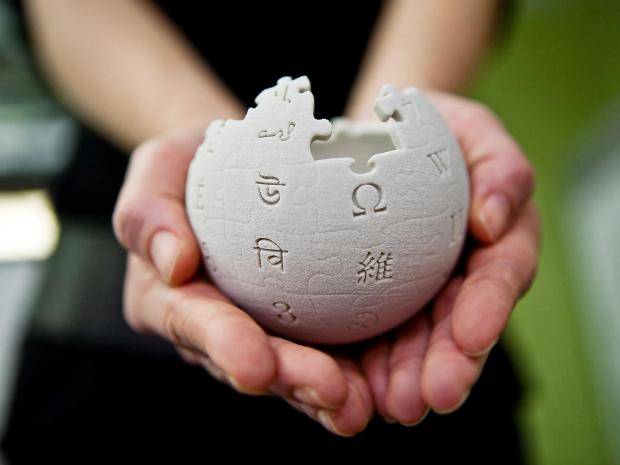Several people are talking about Wikipedia, including Taj and Hannah, and so I would like to take this time to talk about the Wikipedia game. This game is, of course, based on the wonder that is hypertext. This game is played best with friends, especially when each friend has a different computer or mobile device. First, a player has to name a Wikipedia article to start with. Then, they name one to end with. The players have to race to get from the first article to the ending article, just by clicking on different hyperlinks. After the first person gets to the ending article, each person reads through their process. The game is most fun with totally outlandish articles are used, ones that would be nearly impossible to associate. For example, Cars 2 to Great White Sharks. Or Sissela Bok to Flintstones Chewable Vitamins. Duluth, Minnesota, to Copyright Infringement. Hours can be spent playing this game, and it would not be possible without the use of hypertext.
The Belinda Barnet and Darren Tofts article, “Too Dimensional: Literary and
Technical Images of Potentiality in the History of Hypertext,” talks about how “the 1945 Memex design also introduced the concept of ‘‘trails,’’ which was a method of connecting information by linking two units together, anticipating hyper-text paths” (286). It goes on to say that “making a chain of these links was called ‘‘trailblazing” (286). This was the beginning of the concept that eventually became the wonderful hypertext that we know today. Of course, today, our hypertext has more “granularity,” as the article says, “which are much more accurate and can be directed to a single word, phrase, or
image” (286).
The Wikipedia game, while a seemingly less serious way to talk about hypertext, is a great way to understand the basis of linking pages within a text. It shows how pages can all work together in order to create a world of possibilities, an endless circle of clicking.
Word Count: 321
Works Cited
Barnet, Belinda, and Darren Tofts. “Too Dimensional: Literary and Technical Images of Potentiality in the History of Hypertext.” pp. 283–300.
